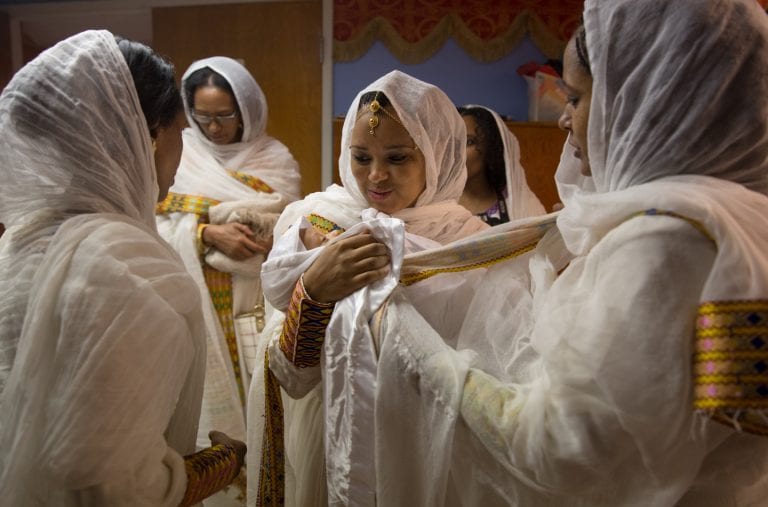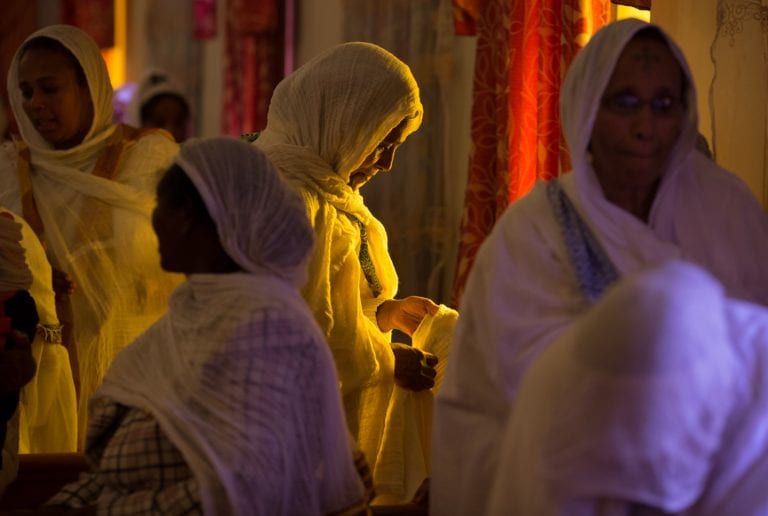Lived Religion in the Digital Age
By Lauren Pond
ARSP Multimedia Producer
The American Religious Sounds Project asks a series of fundamental questions, among them: What does religion sound like? Where can we go to hear it? How might we understand religious diversity differently if we begin by listening for it?
Although I have been producing audio for the ARSP since 2016, for much of my career, I have been accustomed to asking a seemingly different set of questions. As a documentary photographer who specializes in religion, I often ask: What does religion look like? Where can we see it? How might photographs help us understand religion differently? With these questions in mind, for more than a decade, I have used my camera to create nuanced portrayals of religious communities across the country.
This winter, I was honored to be named the first Artist in Residence for Saint Louis University’s Lived Religion in the Digital Age (LRDA) initiative. The LRDA seeks to explore, through the senses, how religion is experienced within the complex realities of modern life. In late January and again in early March, I traveled to St. Louis, Missouri, to photograph religion in the city and speak about my work. My photographs will be exhibited publicly in St. Louis this spring and autumn.
The LRDA has been a valuable opportunity for me to build my portfolio, connect with communities and scholars, and reflect on my visual craft. But it also helped me realize how much my photography and ARSP audio work overlap – and how the questions shaping them aren’t as different as I might once have imagined. When I photograph, just as when I produce audio, I hope to complicate existing narratives about what religion is and where it resides. I illustrate how religion often spills outside of institutional boundaries, and, on the other hand, how what’s outside sometimes seeps in. Using my camera, I explore how religion intersects with its social, cultural, and physical surroundings in sometimes symbiotic, sometimes antagonistic, but always revealing ways.
St. Louis, like much of the Midwest, proved a rich place to explore these ideas.
Shortly after my fellowship began, I found religion waiting for me in the lobby of my hotel. Christian evangelists Jeff Mullen his wife, Pam, were reading their Bibles in the breakfast bar and offering prayers for passing guests. Jeff has been known to evangelize at Walmart and other venues where he thinks people need to hear the Word of God. I sat down to speak with Jeff and Pam for a few minutes, and the conversation quickly turned to my own religious background and whether or not I had been saved. “I want to see you in heaven,” Jeff said, pointing at me.
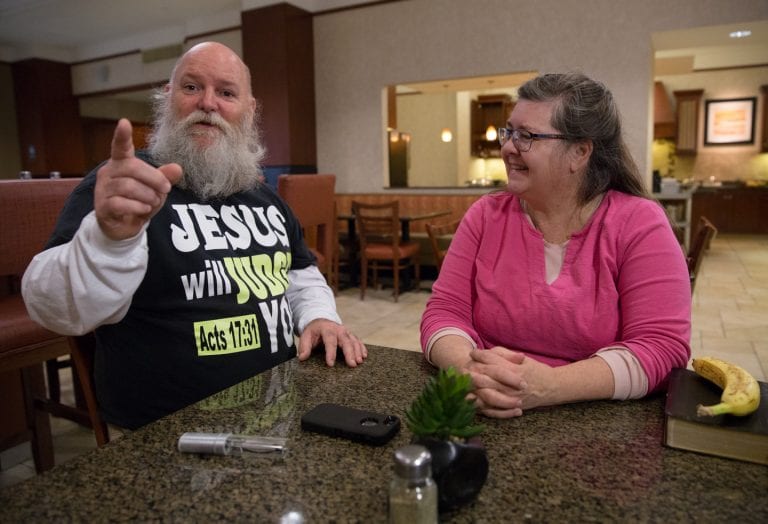
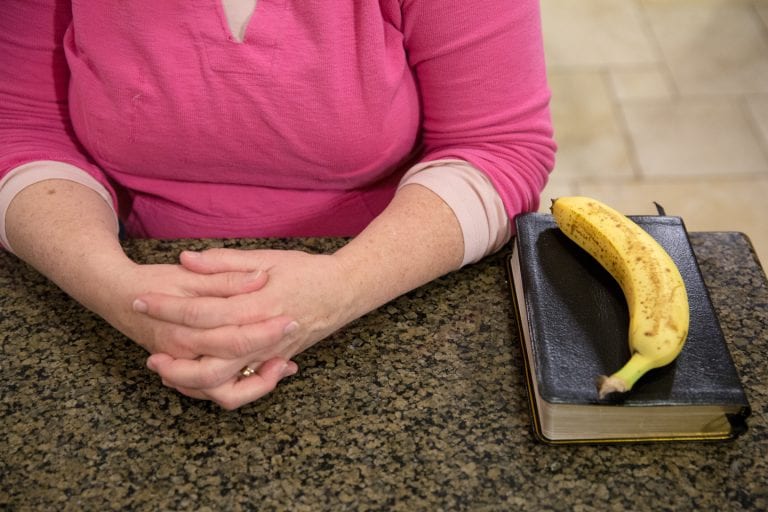
A couple of days later, inside the Mystic Valley metaphysical store in a nearby strip mall, Adam Beaubois, a former Catholic-turned Tarot reader and spiritual counselor, gave me a reading. He helps people tune into their higher selves, he said, using his cards as a divinatory tool and form of “spiritual surgery.”
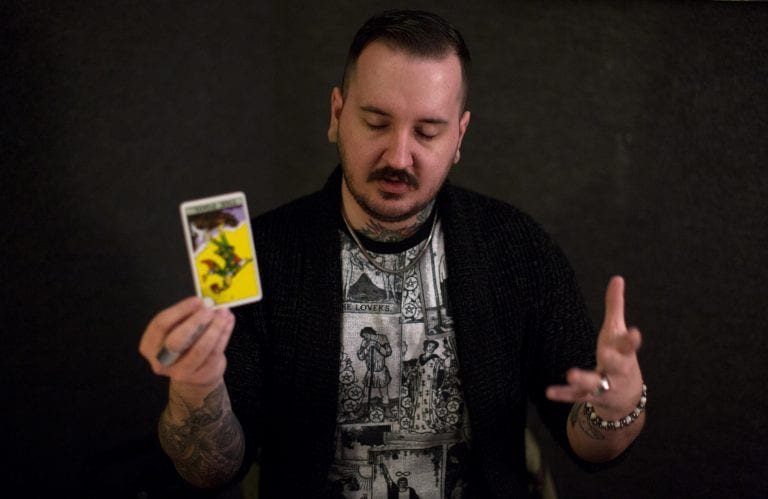
Elsewhere in St. Louis and its environs, I frequently found religion in conversation with its structural and environmental surroundings. For instance, on the socioeconomically struggling north side of St. Louis, an abandoned, gothic-style church sat covered in graffiti; several of its stained glass windows had been shattered, too, revealing the stark fragility of a seemingly fortified institution.
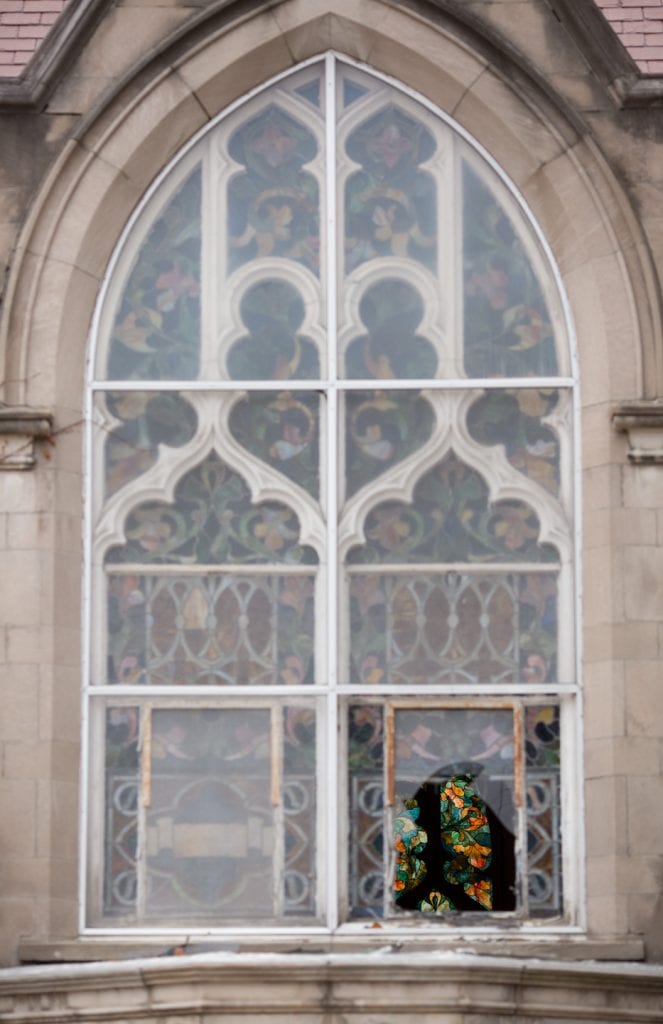
Inside the tropical “Climatron” of the Missouri Botanical Garden, the Sacred Bodhi Tree – associated with Buddha – rose to welcome me and other visitors, the hazy humidity lending it an ethereal quality.
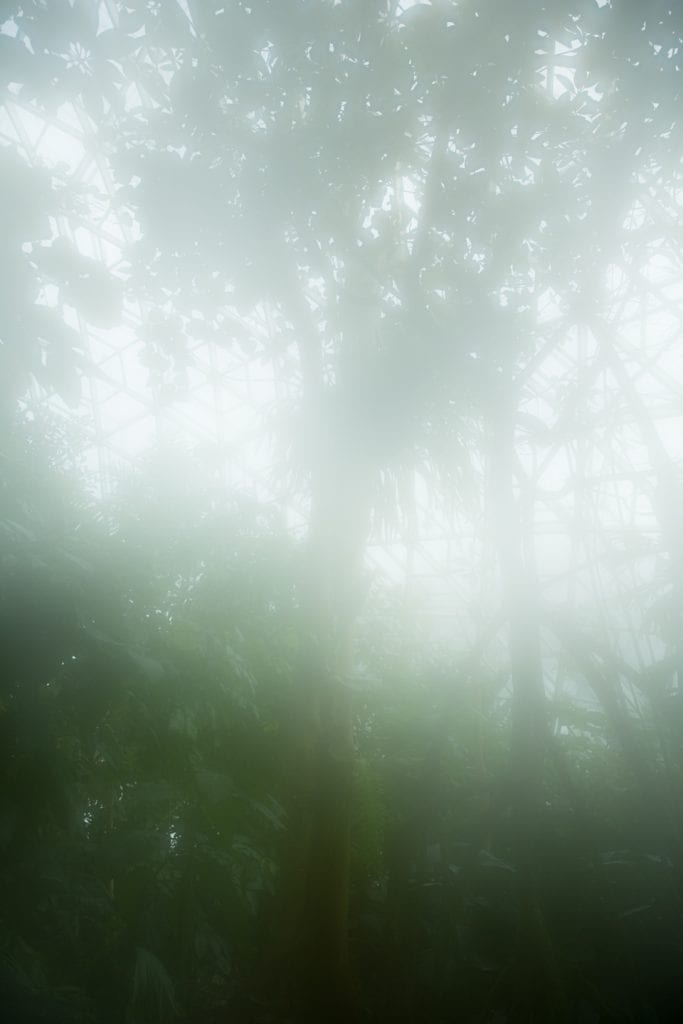
And about 40 minutes away, at the Black Madonna Shrine and Grottoes in Pacific, Missouri, a manger scene – commemorating the birth of Jesus in the desert – was ironically encased in ice.
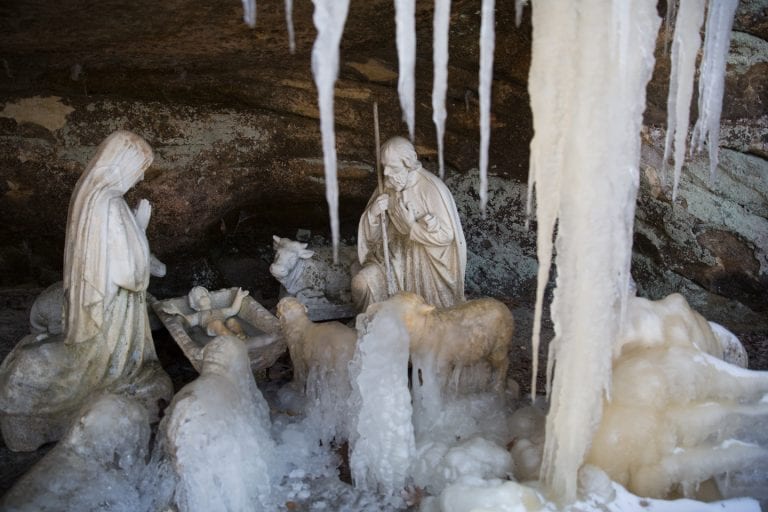
But my most nuanced work came from my budding relationships with local communities, whose members graciously invited me to join them for formal and informal gatherings. There, I had the privilege of experiencing some of the social and cultural currents running through religious traditions.
Among others, I visited the local ISKCON (International Society for Krishna Consciousness) community, which occupies a temple near the St. Louis University campus. ISKCON devotees, more colloquially known as Hare Krishnas, see the Hindu deity Krishna as the supreme God and honor him regularly, including through rituals like the following, where Maithila das makes an early-morning offering to a Tulsi plant, or Holy Basil – an embodiment of love and devotion to Krishna, he explained.
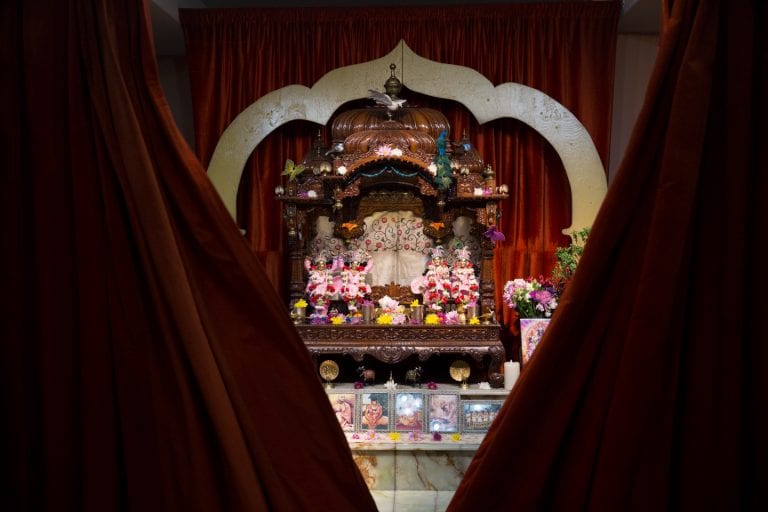
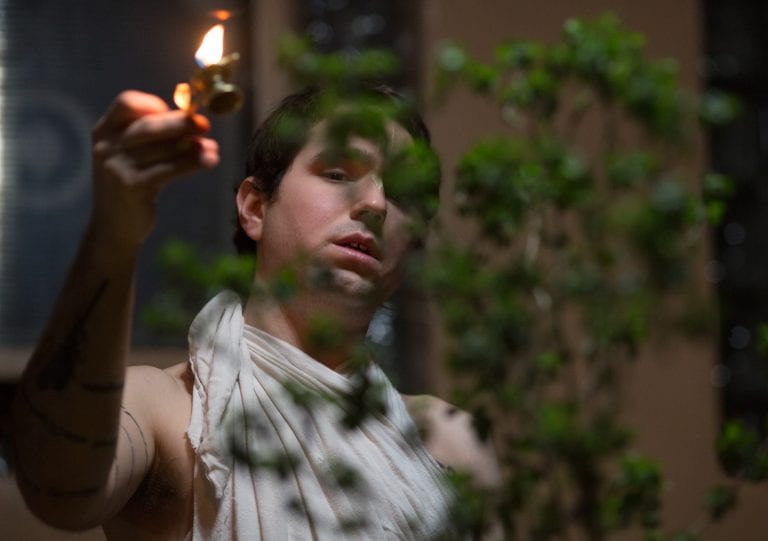
ISKCON devotees are best known for their chanting, music, and dance. Repeating Krishna’s name, they believe, will elevate their spirit and consciousness toward the purity of Krishna himself. The St. Louis ISKCON community holds regular kirtans, or chanting sessions, that attract Hindus and devotees alike – and, as I learned, these often take place at people’s homes and apartment complexes, making the experience more intimate and accessible, even to me as an outsider. I attended a four-hour kirtan at an apartment complex on the outskirts of the city, which was followed by a convivial Indian meal.
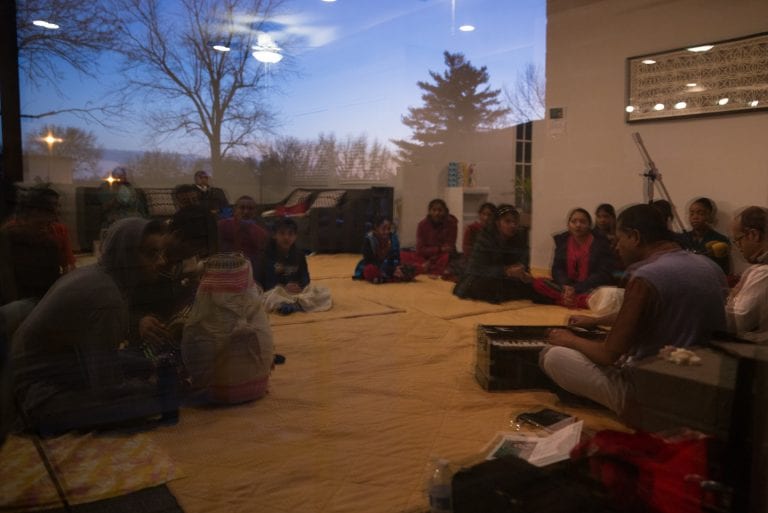
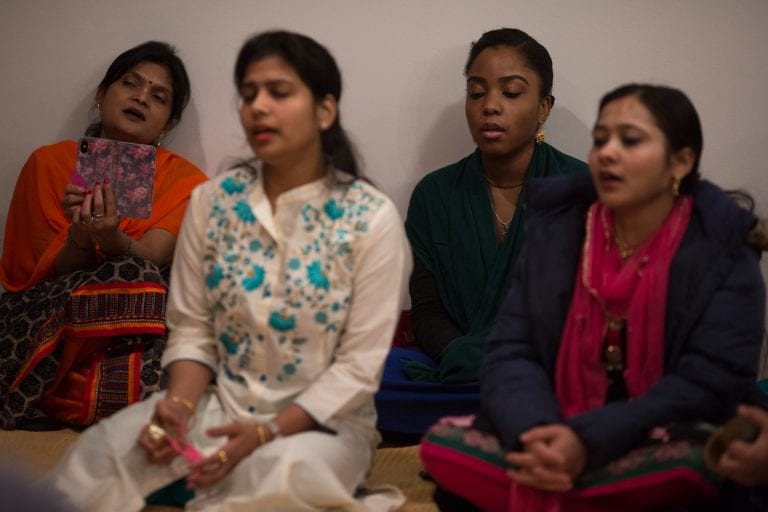
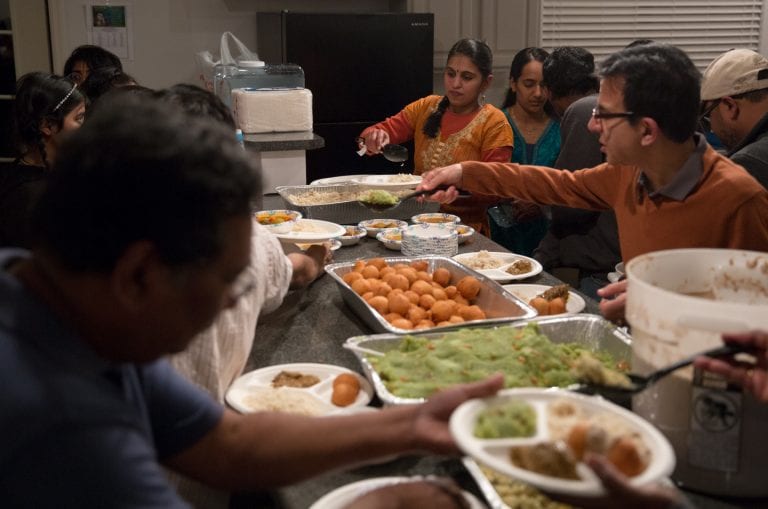
I have also been building relationships with eastern and oriental Orthodox Christian parishes in St. Louis, including the Holy Trinity Serbian Orthodox Church and the St. Mary and St. Gebriel Ethiopian Orthodox Tewahedo Church. As is common in Christian orthodoxy, during services at both of these churches, religious practice visibly and audibly overlaps with ethnic heritage. For instance, at St. Mary and St. Gebriel’s, parishioners danced while playing the kebero, a double-headed conical hand drum commonly used in eastern Africa. During an annual celebration for Saint Sava, the patron saint of Serbs, at the Holy Trinity church, Fr. Kristc blessed a loaf of Slava Kolach, a ceremonial Serbian bread.
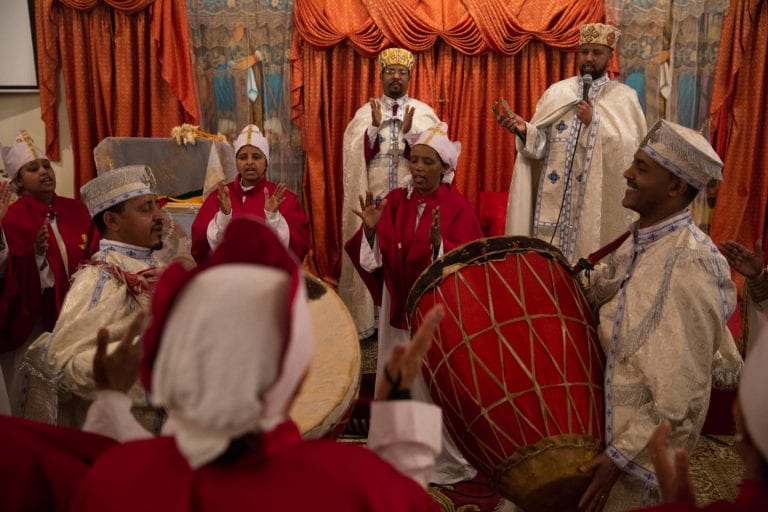
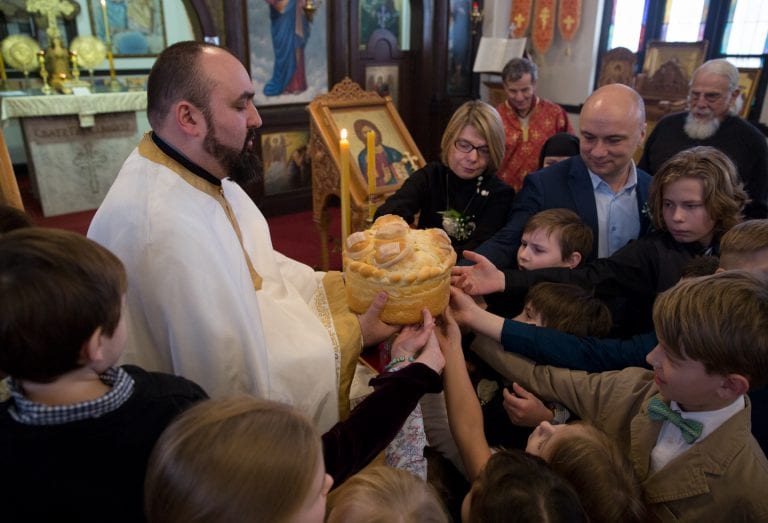
Outside of the Orthodox services, I shared meals with parishioners and was even invited to attend a family gathering: the baptism of baby Nathan in the St. Mary and St. Gebriel church basement. In those intimate moments in the wee hours of Sunday morning, I experienced both a religious custom and quiet tenderness between mother and child. For me, it was a reminder of the fundamental humanness that cuts across religion’s many demarcations and boundaries – and of what drew me to document this topic in the first place. A reminder of what’s truly visible (and audible) if we take the time to look, and to listen.
